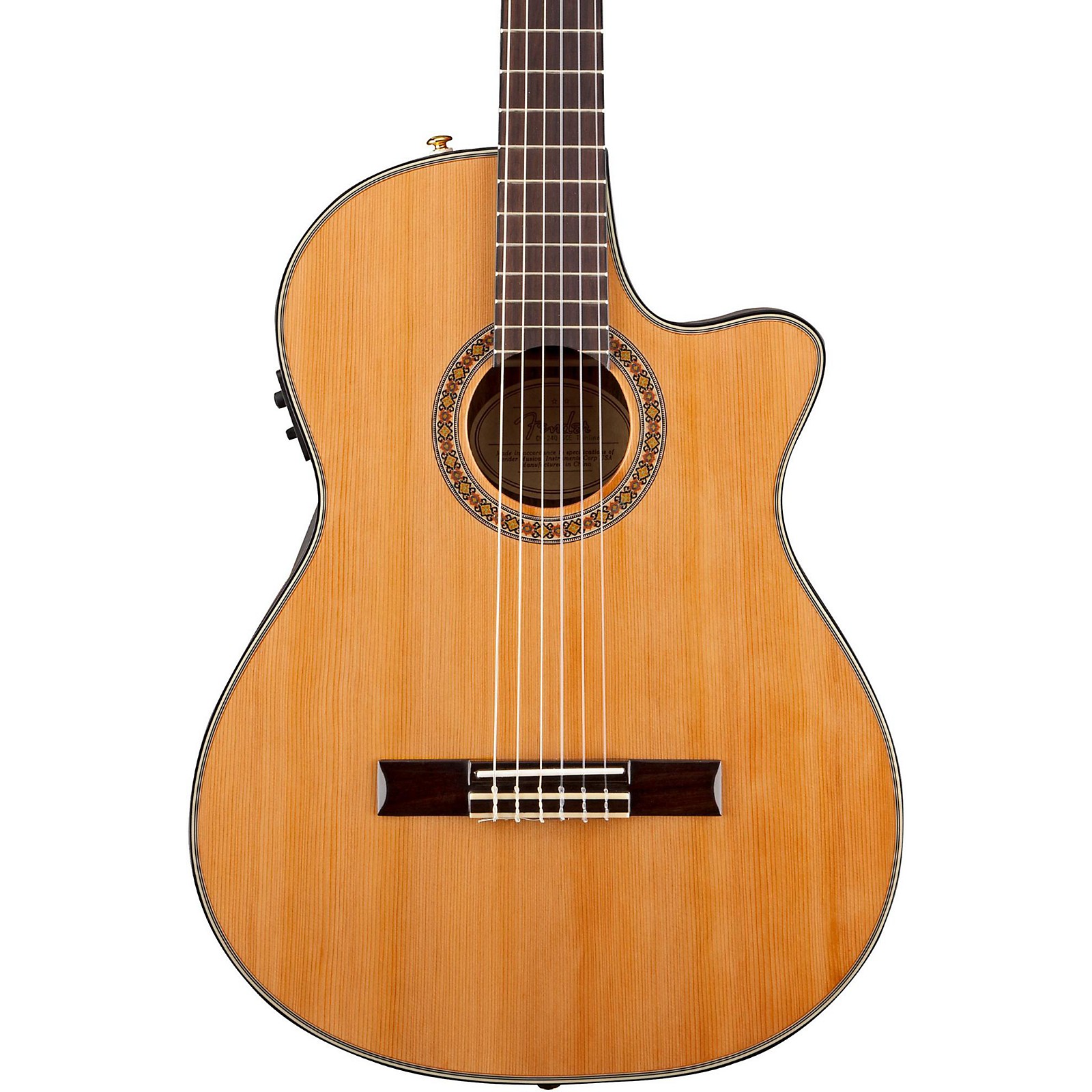

Jesu, Joy of Man’s Desiring is another easy classical guitar song that’s a favorite of mine. However, this will help you develop finger memory and allow you to play at the normal pace of the music. You may not be able to hear a cohesive melody if you go slowly. Since you’re only beginning to play the classical guitar, I suggest learning the movements of the fingers first. The only way you can play this song with its heavenly melody is by using a nylon-stringed classical guitar. I tried playing this on a steel-stringed acoustic guitar. I can listen to it all day and will never grow tired. It has a very lovely melody that soothes the heart. It is a favorite of many producers of romantic films.

The only reason why people attribute Petzold’s work to Bach is the fact that this piece appeared in Bach’s “Notebook for Anna Magdalena Bach” in 1725. This minuet is a classic creation of Christian Petzold. Many people think that “Minuet In G” is a Johann Sebastian Bach masterpiece. You will play a melodic line on top while also playing a line of counter melody at the bottom. The song teaches you to do two very important things with your fingers both at the same time. However, it is still one of the easiest to play. “Minuet In G” may be trickier than the “Ode To Joy” of Beethoven. Once you have mastered this, then it will be easy to increase the pace. Familiarize yourself with the sequencing of the strings and frets. You also need very flexible fingers as you will be pressing on the strings in different frets.
#Classical guitar on acoustic how to
Learning to play “Ode to Joy” requires basic knowledge of how to read guitar tabs. Or, if you’re like me, you can play the same chords over and over without ever getting bored with the melodies. The classical guitar can be that single instrument that will introduce the rest of the instruments. Watch any flash mob orchestra events on YouTube, and you will see a man (or a woman) playing a string instrument to introduce the song.Īs the song progresses, more and more instruments join in. If you listen closely to the song, you will know that there is only one musical instrument playing the notes in the beginning. Ludwig van Beethoven included this piece as the final movement in one of his most celebrated symphonies, Symphony No. With the thinnest E bring it back in the opposite direction and tuck it under the B string.What makes “Ode to Joy” so easy to play on a classical guitar is the very nature of the musical masterpiece. Here is a close-up showing how the tail is tucked in. On the next knot take the tale and tuck it in. Repeat this process again with the next string. Here is a close up of the knot, with the string resting on the saddle. Now pull on the longer part to make the knot tight.

Loop the tail around the bottom of the string and back on itself.įeed the tail under itself and pull the slack through.Īgain, feed the tail under itself a second time. Take the tail, bend it back over the bridge and to the right of the string. You will need around 3 inches pushed through.

Push the string through (from the sound hole side) the hole in the bridge. Take note of the system used to identify each string and what order they need to go in. Sort the new strings, ready for installation. If you have broken one, this is another indication that you need to change all 6 of them, so that you get an even tone. You may also find that your fingers smell funny after you have played. This causes the string to vibrate unevenly and so not give a good ring when plucked.
#Classical guitar on acoustic skin
In between the windings, the wrapped strings get gunked up with dead skin cells, oil from your fingers, dust and lots of other yucky things. They can also turn black due to the silver oxidising, again another indication that they need changing. These are usually silver-plated copper, so if the copper is starting to show through, this is a good indication that they need changing. The bass strings (the 3 ones that have a silver winding wrapped around them) show you more obviously when they are old and need changing. You will find that when they get old, it will be difficult to keep in tune and they may snap. This makes it more prone to snapping as it causes micro-fractures in them. The nylon, when under tension, starts to stretch. Guitars need to have their strings changed regularly to get the best tone and playability. Classical guitars have 6 nylon strings although 3 of them look like metal (these have a nylon core and are wrapped in silver to make them thicker).


 0 kommentar(er)
0 kommentar(er)
